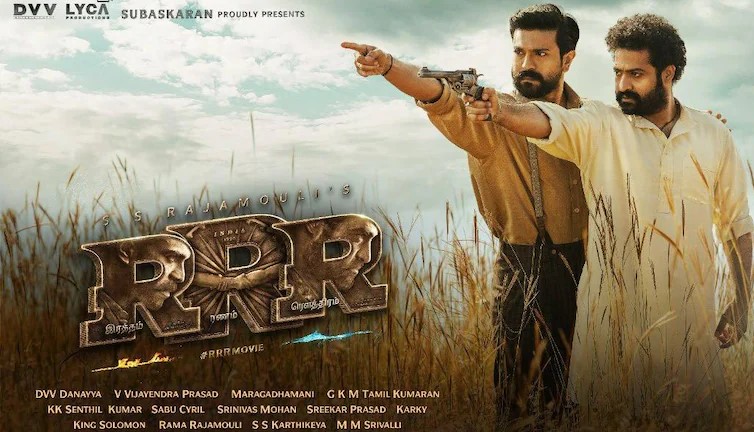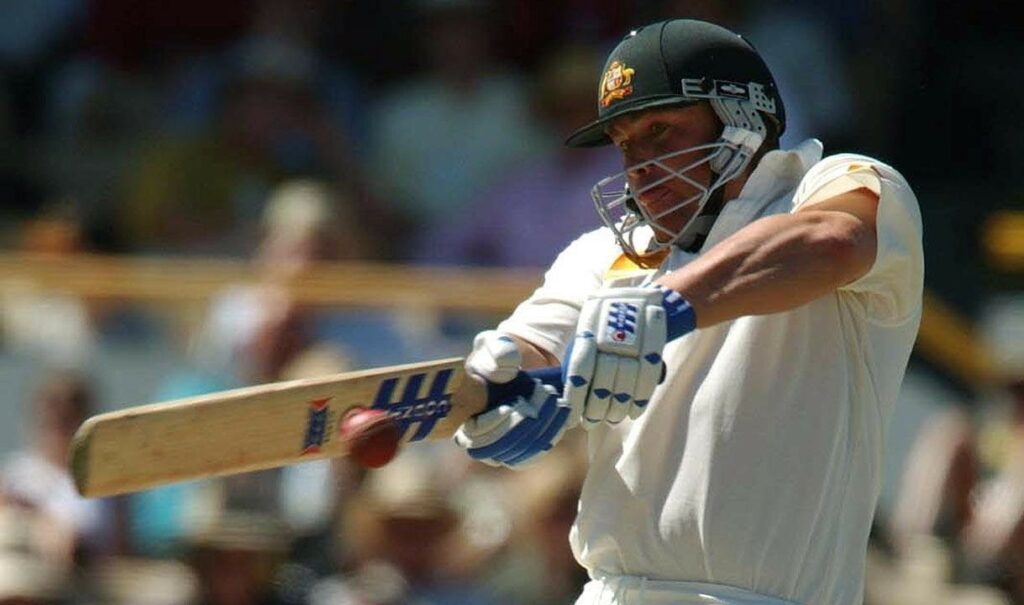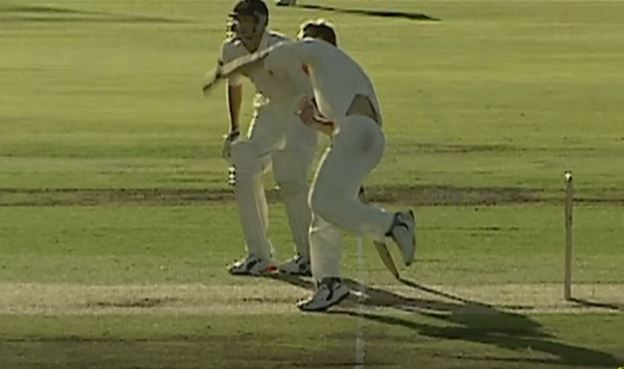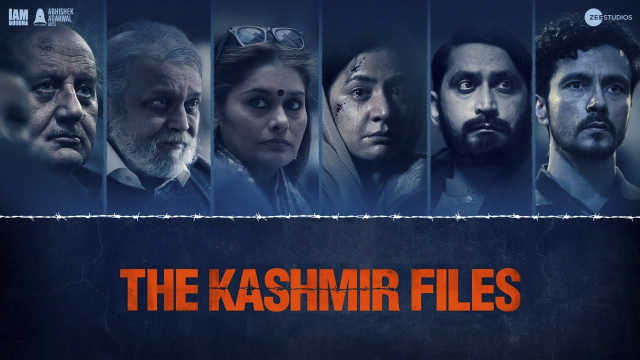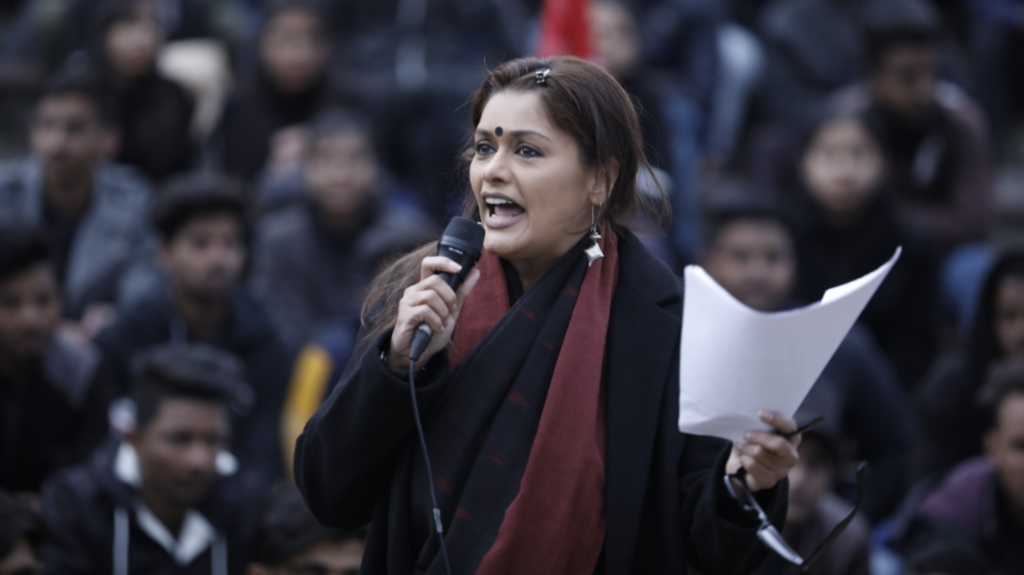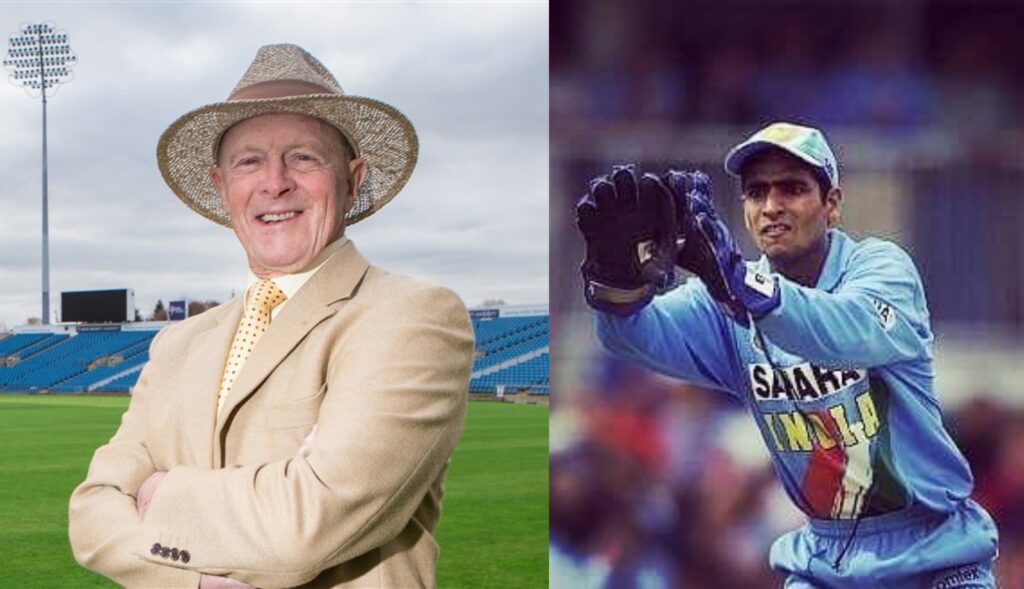Not many films receive the kind of enormous appreciation and humongous box office success like Baahubali: The Conclusion (2017) did. The movie made filmmaker SS Rajamouli a celebrated name across India. Such adulation is generally received only for star actors.
No doubt Rajamouli would have cherished such success. However, not many would have preferred to be in his shoes considering the huge expectations from his next. But despite such pressure and scrutiny, Rajamouli has not only made a film on a similar scale and even a higher budget but has also succeeding in hitting the bullseye yet again.
With RRR (Roudram Ranam Radhiram), he has given a masala entertainer worth celebrating.
RRR is fictional story featuring the real-life freedom fighters Alluri Seetarama Raju and Komaram Bheem. In the film, they are known as Ram (Ram Charan) and Bheem (Jr NTR). The story starts when a British family forcibly takes away a tribal girl with them after they are impressed with her singing and painting skills, despite her parents pleading and begging. Bheem, who hails from the same tribal community, is sent to Delhi to rescue the girl.
On the other hand, Ram (Ram Charan) works as a loyal cop in the British force. He is given the task of hunting down Bheem. They come across each other under unusual circumstances and become thick friends. Ram doesn’t reveal that he works for the British while Bheem also hides his identity. Bheem gets a shock when Ram betrays the friendship and arrests him for rebellion against the British government.
Three action sequences alone in the film are enough for your visit to the theatres – When Ram and Bheem meet for the first time, the long action sequence before the interval and the climatic war.
However, RRR provides much more than these paisa vasool moments. The story of the little girl, Ram and Bheem’s camaraderie, reunion and the climax are narrated through a screenplay that is fast as well as smooth by writer K Vijayendra Prasad (Rajamouli’s father).
On top of that, Rajamouli, as per his habit, has presented even the simplest of scenes as a visual treat; full of grandeur and style. His handling goes few notches higher while dealing with the aforementioned action sequences. The filmmaker has shown yet again that even a mass-pleasing masala entertainer can be presented in an artistic way.
He did the same in both Baahubali films and the result was such that even those who generally don’t prefer masala movies appreciated the films. Don’t be surprised if the same happens with RRR.
The technical aspects (cinematography, editing and background score) also play a major role in the film achieving high marks. There wasn’t much buzz about the music before the film’s release, at least for the Hindi version. But RRR’s songs suit the narrative and are pleasing to the ears too. The track ‘Nacho Nacho’ and the situation when it comes provides an electrifying effect.
After witnessing Ram Charan and Jr NTR’s chemistry, it is difficult to judge their performances individually. The two actors excel while displaying emotions and also during the wild action sequences. The writing and direction has given absolutely equal importance to both the characters.
Olivia Morris, as the British girl Jenni, becomes memorable despite the screen time. Ajay Devgn and Alia Bhatt do well in cameos. The child actress playing Malli impresses in a difficult role. The film doesn’t have much scope to the rest of the supporting cast.
Also read: The Kashmir Files review
Coming to the drawbacks, RRR’s pace dips a bit till sometime in the second half. The film also has the usual flaws when it comes to masala films where the focus is more on entertainment and less on logic.
But these issues don’t bother much after witnessing the exhilarating climax where the character of Ram actually fights while being Lord Ram.
Overall: RRR is an artistically made masala entertainer. The film needs to earn a huge amount at the box office in order to be called a blockbuster. It’s difficult to predict right now whether that will happen but the film surely stands a chance of becoming a hit.
Rating: 4 out of 5 stars
Director: SS Rajamouli
Producers: DVV Entertainment
Writers: KV Vijayendra Prasad and SS Rajamouli
Cast: Ram Charan, Jr NTR, Olivia Morris, Ajay Devgn, Alia Bhatt (the last two in cameos)
